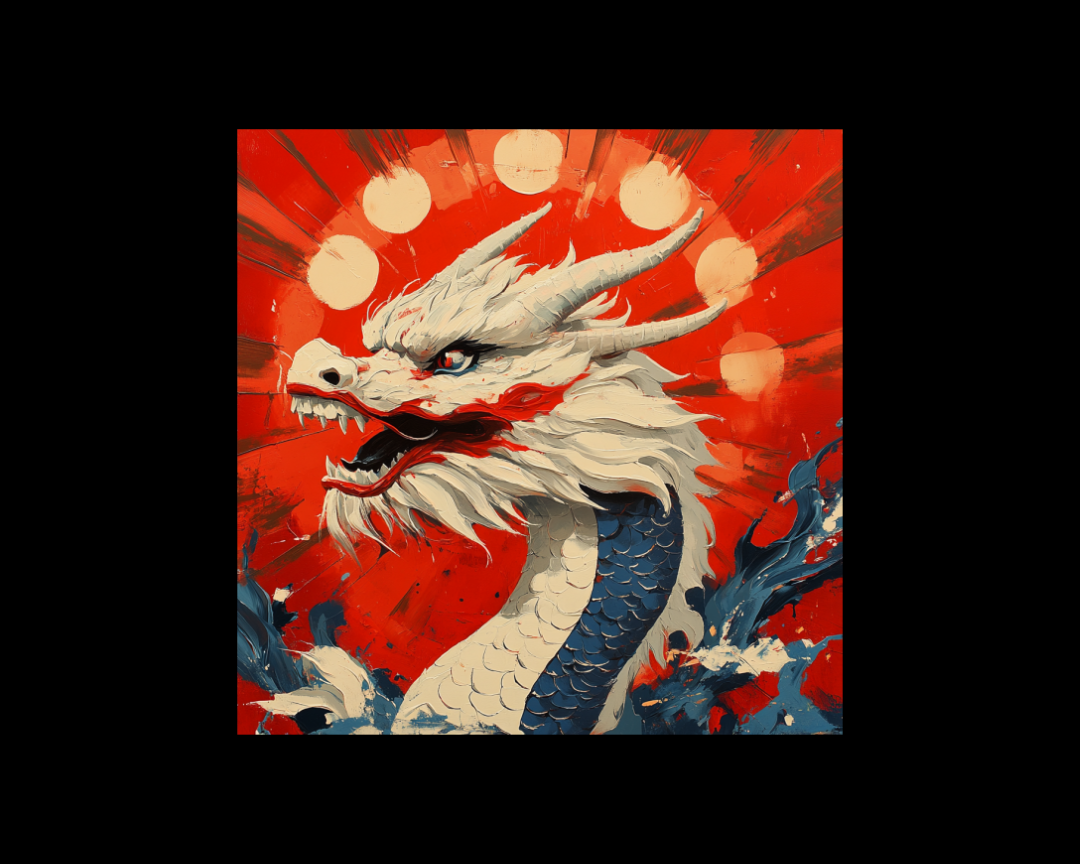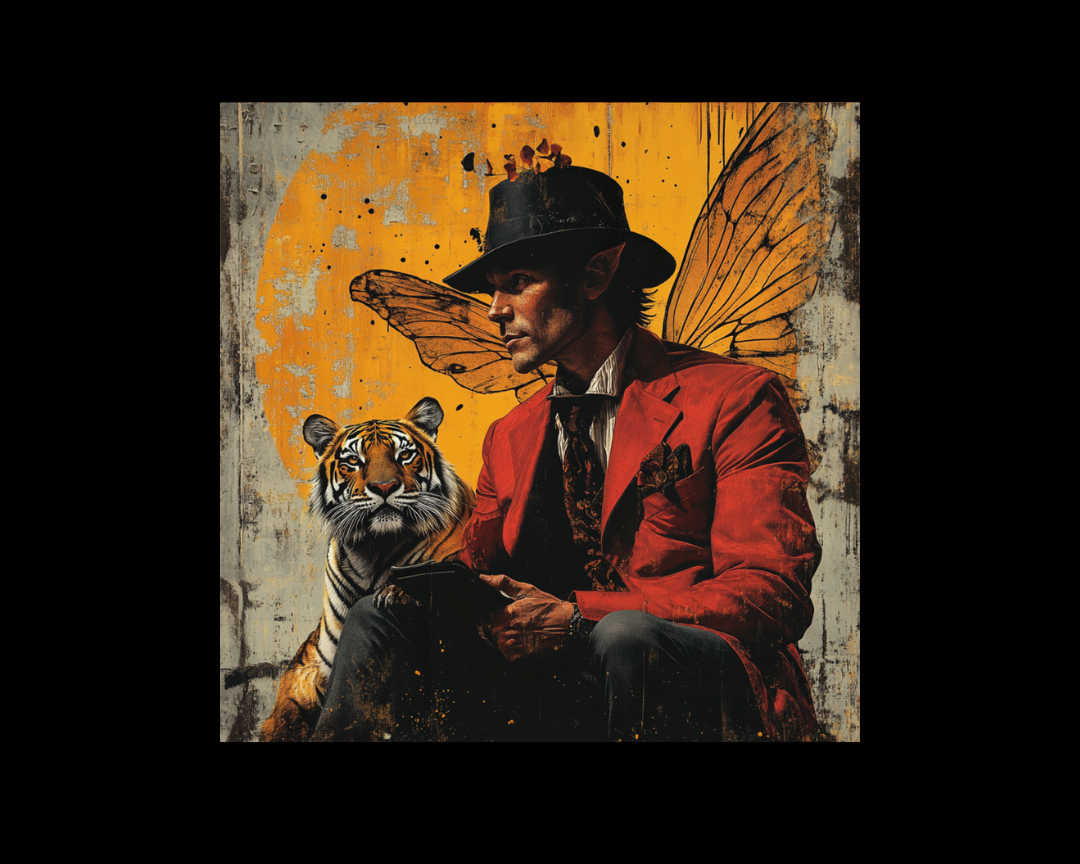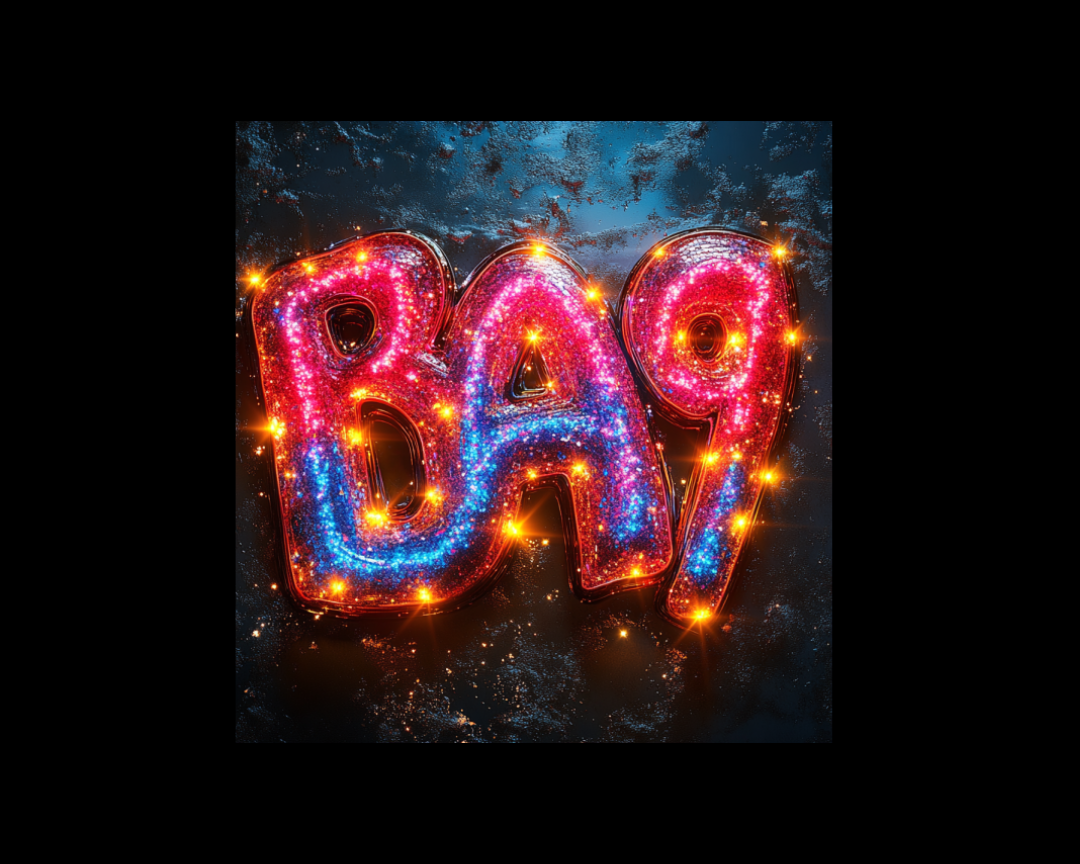The Guide to Romantasy: Evolution, Archetypes, and Must-Read Stories
Romantasy—a blend of romance and fantasy—has taken the literary world by storm, rising from niche genre to mainstream success. This hybrid genre...

Romance readers possess a peculiar relationship with time—they'll devour 400 pages in one sitting but revolt against characters falling in love within those same 400 pages. This paradox reveals fiction's most contentious shortcut: insta love, where characters leap from "hello" to "I love you" faster than you can say "happily ever after."
Unlike real-world romance, where lightning strikes and souls recognize each other across crowded rooms, fictional insta love feels manufactured. It's the literary equivalent of artificial sweetener—technically serving the same function as the real thing, but leaving readers with an unsatisfying aftertaste.
Insta love operates as unearned emotional currency. Recent analysis of over 50,000 Goodreads romance reviews reveals that 78% of negative feedback centers on rushed romantic development, with "insta love" appearing in 23% of critical reviews.
The trope manifests when characters declare profound love without sufficient shared experiences to justify such depth of feeling. It's the difference between showing attraction and claiming devotion. Readers accept that two people might want to tear each other's clothes off after one meeting—biology supports this. But when those same characters start planning their eternal future together, credibility crumbles.
Modern romance operates on compressed timelines, particularly in young adult fiction where entire plots unfold over days or weeks. This temporal pressure creates fertile ground for insta love, as authors struggle to develop meaningful connections within abbreviated story spans.
Why do readers reject insta love when they celebrate real-world love at first sight? The answer lies in narrative expectation versus lived experience. In life, we accept that emotions are irrational, sudden, inexplicable. In fiction, we demand emotional logic.
Readers invest in characters through witnessed experiences. When protagonists claim love without demonstrating the foundation for such feelings, readers feel excluded from the emotional journey. We haven't seen the gradual recognition, the growing admiration, the deepening trust that transforms attraction into love.
This disconnect creates a peculiar form of literary betrayal. Readers want to believe in love—they're reading romance, after all—but they need to feel complicit in its development. Our guide to character development techniques explores how authentic emotional arcs create reader investment.
Neuroscience research on narrative transportation and emotional engagement reveals that readers process fictional emotions through mirror neurons—the same brain mechanisms that create empathy in real relationships. When romantic development lacks sufficient stimulus, these neurons remain dormant, leaving readers emotionally disconnected.
The solution isn't necessarily extending timeline but intensifying shared experience. Characters who face danger together, solve problems collaboratively, or reveal vulnerabilities create stronger romantic foundations than those who simply spend time in proximity. Quality of interaction trumps quantity of pages.
Time functions differently in fiction than reality. A 300-page novel can chronicle two years or two days. Readers will accept accelerated romance if they witness the emotional journey, regardless of chronological duration.
Signposting with Complexity: When introducing love interests, balance attraction with realistic observations. Instead of pure admiration, include contradictory elements—the enemy soldier who's undeniably handsome but clearly dangerous. This complexity prevents characters from appearing infatuated rather than genuinely intrigued.
Layered Observation: Characters getting to know each other notice details that reveal personality. Show the protagonist discovering unexpected qualities—a tough warrior who rescues stray cats, a scholarly type with surprising humor. These revelations create connection beyond surface attraction.
Catalyst Moments: Provide specific incidents that shift perception. A moment of unexpected kindness, shared danger, or revealed vulnerability gives characters concrete reasons to reassess each other. These catalysts justify emotional evolution.
Earned Declarations: Separate physical attraction from emotional commitment. Characters can act on desire early while reserving love declarations until they're supported by shared experience. This progression feels natural and prevents premature emotional intensity.
Individual Agency: Both characters need personal goals beyond romance. When they're pursuing individual objectives that sometimes align and sometimes conflict, their eventual union feels like choice rather than plot inevitability. Our exploration of compelling character creation provides frameworks for developing multi-dimensional romantic leads.
Analysis of contemporary romance bestsellers reveals successful authors avoid insta love through strategic pacing. Authors like Sarah J. Maas and Colleen Hoover develop romantic tension over substantial page counts, building attraction through conflict, revelation, and shared challenge rather than immediate recognition.
Romance readers demonstrate sophisticated emotional intelligence. They distinguish between lust, infatuation, and love, expecting authors to honor these distinctions. Survey data from Romance Writers of America shows that readers prefer "slow burn" development over immediate declarations, even in novellas with compressed timelines.
The most successful romance novels create emotional investment through witnessed vulnerability, shared adversity, and gradual revelation. Readers want to fall in love alongside the characters, not be told about love they haven't experienced.
Insta love fails because it shortcuts the emotional journey readers crave. Authentic romance requires witnessed development, earned declarations, and character agency beyond romantic fulfillment. Time matters less than depth of shared experience.
Ready to create romance that captures hearts and satisfies readers? Hire a Writer's specialists understand the delicate balance between passion and pacing. We'll help you develop romantic storylines that honor both emotional authenticity and narrative momentum.
Contact us today to craft love stories that earn every "I love you" and leave readers believing in happily ever after.

Romantasy—a blend of romance and fantasy—has taken the literary world by storm, rising from niche genre to mainstream success. This hybrid genre...

Let’s be honest: forecasting genre trends in publishing is equal parts science, art, and educated guessing.

For creative writers, words are more than tools—they're jewels. And like any jewel, some words and phrases shine brighter than others, catching the...